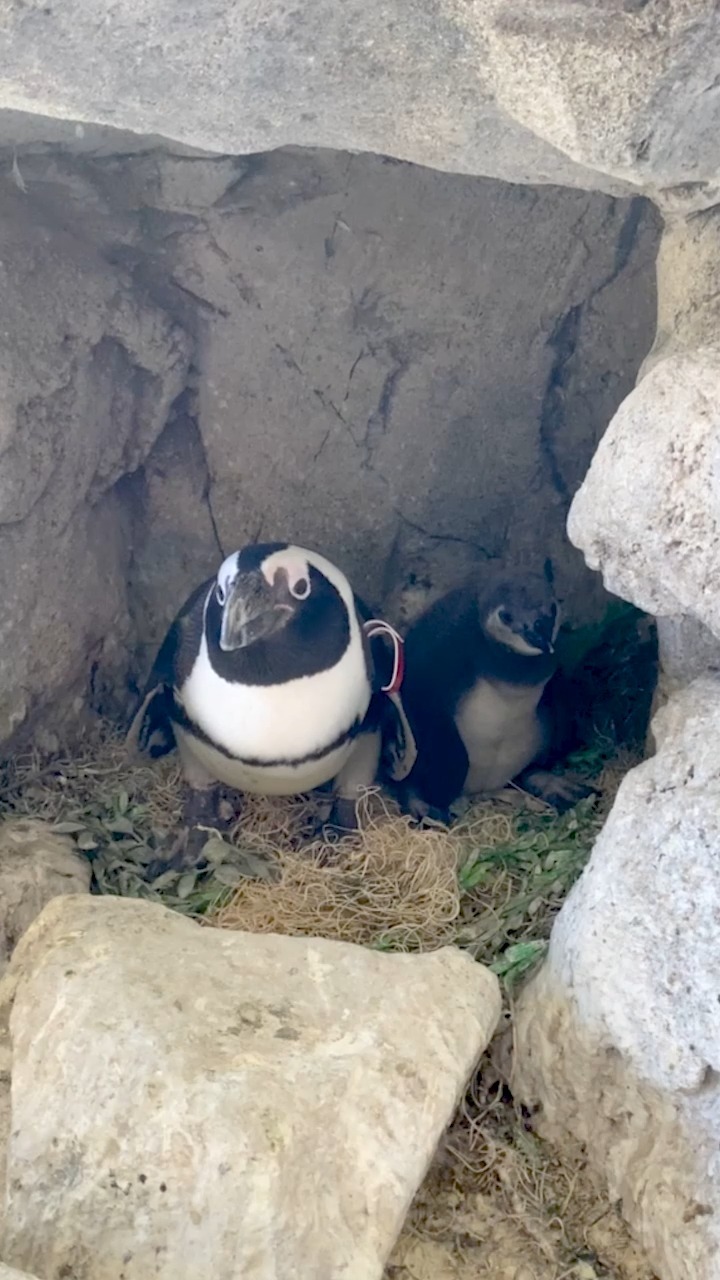- African penguin chick’s debut at the zoo and its significance in conservation efforts.
- A detailed look at the African penguin species and their habitat needs.
- The role of zoos in conservation and breeding programs for endangered species.
- Zoological management practices for ensuring penguin health and wellbeing.
- Importance of public awareness and education in wildlife conservation.
In early April, a tiny African penguin chick made a notable entrance into the world at a local zoo, captivating audiences both within the conservation community and beyond. This event is more than an adorable addition to the zoo—it represents a key milestone in the ongoing efforts to conserve African penguins, a species that faces significant threats in the wild. As we explore this remarkable debut, we will delve into the specifics of the species, the role of zoos, and the broader implications for wildlife conservation.
African penguins (Spheniscus demersus), native to the coastlines of South Africa and Namibia, stand out as both endearing and vital components of their ecosystem. Recognizable by their distinctive black and white plumage, these penguins inhabit colonies on rocky shores and offshore islands. Their natural environment demands adaptations that enable them to thrive in both aquatic and terrestrial settings. They are excellent divers, capable of reaching depths of up to 130 meters to hunt for fish and squid, which constitute their primary diet.
Despite their adaptability, African penguins face a serious decline in population numbers. Over the past century, populations have decreased due to various factors, including habitat destruction, oil spills, and overfishing, which depletes their food sources. Climate change further exacerbates these challenges by altering sea temperatures and currents, affecting the distribution of the fish they rely on.
In response to these threats, zoos worldwide play a crucial role in conservation efforts. By hosting breeding programs, they contribute to increasing the population numbers of endangered species. The recent hatching of the penguin chick in April symbolizes hope and progress in these efforts. Such breeding programs involve careful genetic management to maintain genetic diversity and vitality within the captive population.
Zoological management practices are integral to the success of these programs. In the case of African penguins, their enclosures are designed to mimic natural habitats, providing opportunities for swimming, diving, and social interaction, which are essential for their physical and psychological well-being. Diet management is another critical aspect, ensuring penguins receive a nutrition-rich diet that closely resembles what they would find in the wild.
Public involvement and awareness are vital components of wildlife conservation. Zoos often serve as educational platforms, informing the public about the threats faced by species like the African penguin and the initiatives employed to protect them. Through targeted educational programs and exhibits, zoos can inspire a new generation of conservationists and foster a deeper appreciation for biodiversity.
The debut of the African penguin chick this April not only charms visitors but also offers an opportunity to engage with important topics in conservation biology. By highlighting how human actions impact wildlife and emphasizing the collaborative efforts required to safeguard these creatures, we can work towards a future where species like the African penguin continue to thrive both in captivity and the wild.
*****
Source Description
A tiny African penguin chick made its grand debut in early April, and we can’t get enough of it. Watch the whole update on our home page or in our bio ➡️ “Newsletter: The Waterhole | April 2025.”


